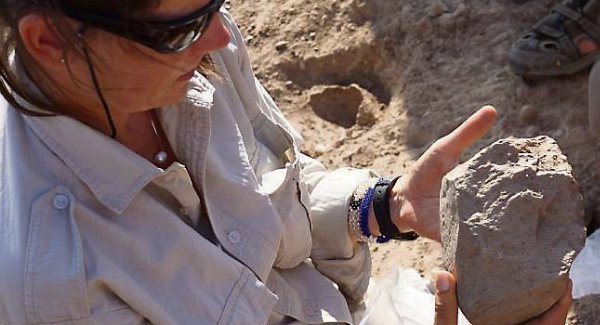The oldest stone tools ever discovered, dating back 3.3 million years, have been unearthed in Kenya.
Until now it was thought that stone tool culture began around 2.6 million years ago with the appearance of Homo habilis, or “handy man”, the earliest known member of the human genus family that includes people living today.
The new tool artefacts, unearthed from the Lomekwi 3 archaeological site next to Lake Turkana in Kenya predates the “Oldowan” Homo habilis tools by around 700,000 years.
Scientists found a collection of anvils, hammer stones, worked cobbles and cores for making sharp edges used for cutting.
The makers of the Lomekwi tools had a strong grip and good co-ordination, but may not have been quite human.
Markings on the stones indicate they were used vigorously to pound items or produce sharp flakes. But the arm and hand motions involved were probably more like those chimpanzees use to crack nuts than clearly recognisable human actions, the scientists believe.
Writing in the journal Nature, the team led by Sonia Harmand, from Stony Brook University, US, said: “The technological features of flakes and flake fragments are clear, unequivocal and seen repeatedly.
Agencies/Canadajournal
 Canada Journal – News of the World Articles and videos to bring you the biggest Canadian news stories from across the country every day
Canada Journal – News of the World Articles and videos to bring you the biggest Canadian news stories from across the country every day



